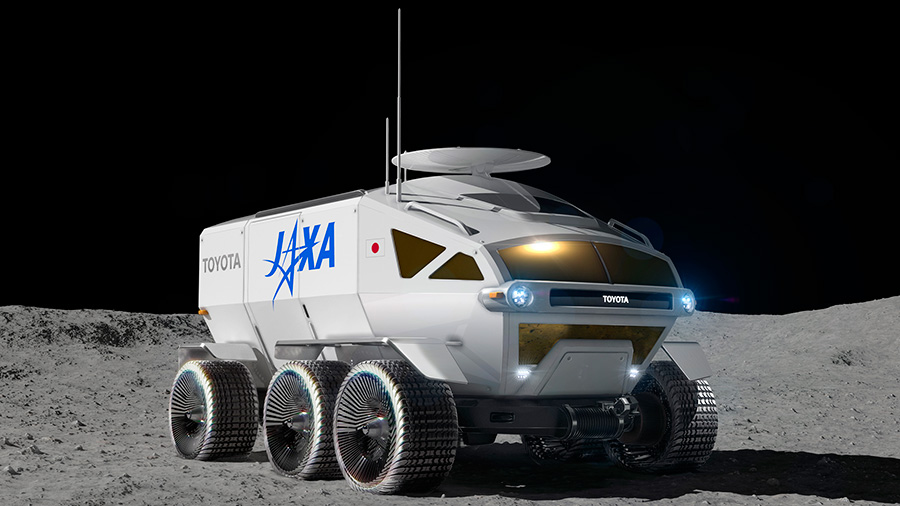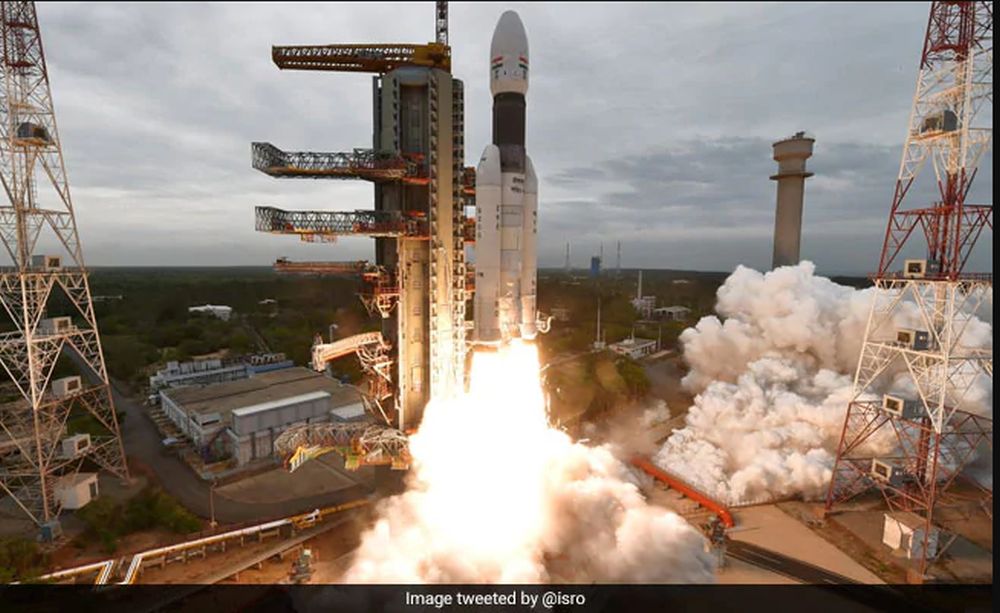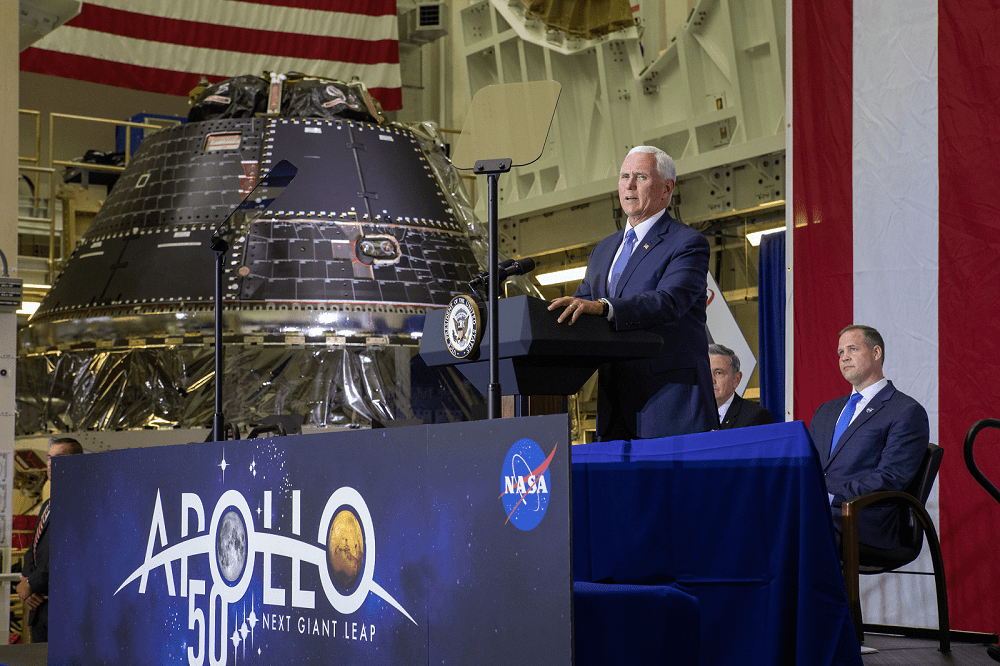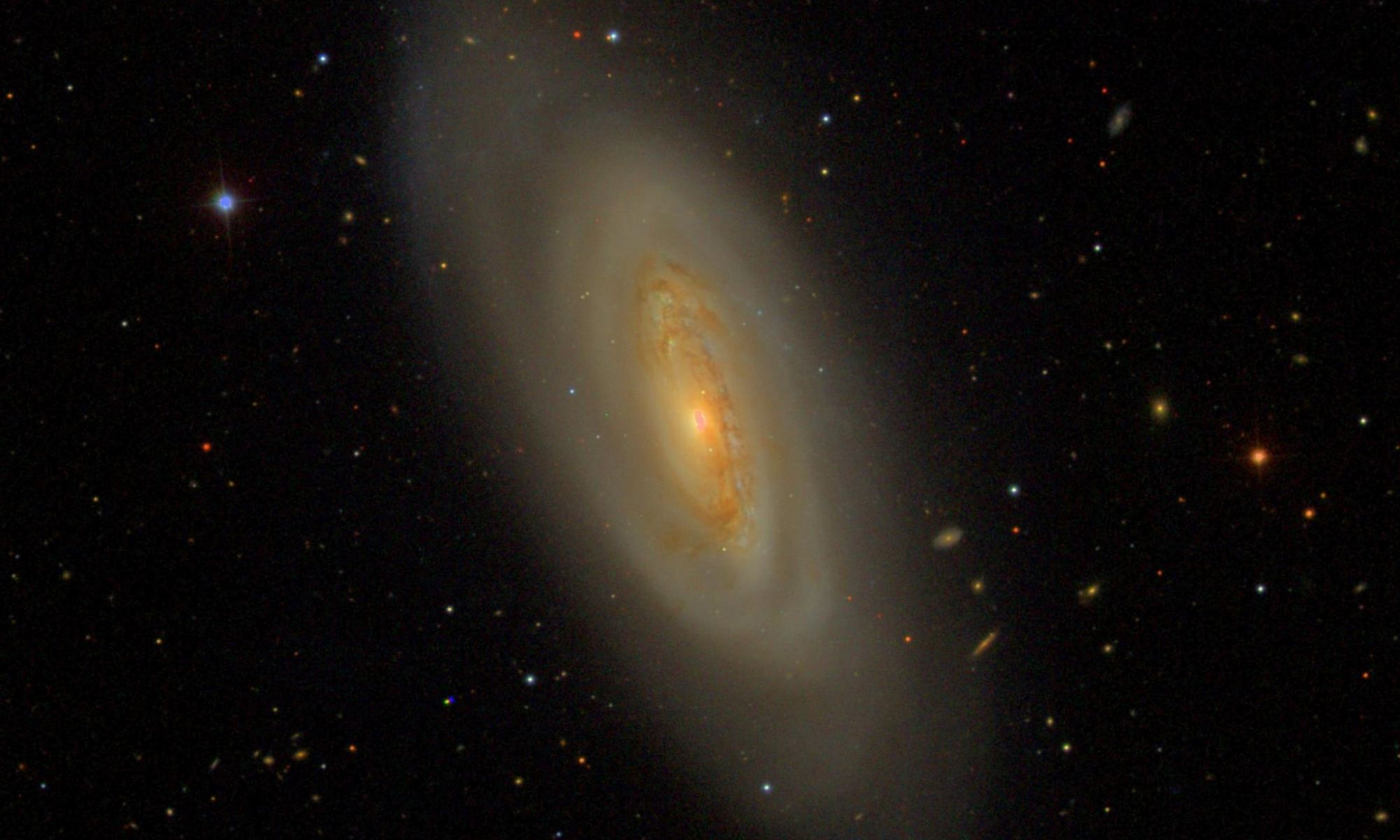JAXA, the Japan Aerospace Exploration Agency, is teaming up with the nation’s largest company to build a lunar rover. Toyota, the second largest automobile company in the world (only Volkswagen makes more cars) has signed a development deal with JAXA that will last three years. The goal? To design, build, test and evaluate prototypes for a pressurized, crewed lunar vehicle that runs on fuel-cells.
Continue reading “Toyota is Building a Pressurized Lunar Rover for Japan”India’s Chandrayaan-2 is Heading to the Moon
ISRO (Indian Space Research Organization) has successfully launched their Chandrayaan-2 mission to the Moon. The mission, which includes an orbiter, a lander, and a rover, was launched into space on a GSLV Mk III rocket on July 22nd, after a week-long delay. On September 7th it will perform a soft-landing on the Moon.
Continue reading “India’s Chandrayaan-2 is Heading to the Moon”China’s Tiangong 2 was Destroyed Last Week, Burning up in the Atmosphere Over the South Pacific Ocean
On Friday, July 19th, China’s Tiangong-2 (“Heavenly Palace”) space laboratory successfully entered Earth’s atmosphere under controlled conditions and burned up above the South Pacific Ocean. This marked the successful completion of all of Tiangong-2’s tasks, which constituted China’s second attempt at testing their capability to conduct research and human operations in Low Earth Orbit (LEO).
Continue reading “China’s Tiangong 2 was Destroyed Last Week, Burning up in the Atmosphere Over the South Pacific Ocean”Searching For The Red Edge: How The Earth’s Forests Are Telling The Aliens Where We Live
People are always worried that alien civilizations will detect the transmissions from our old radio shows and television broadcasts, and send in the invasion fleet. But the reality is that life itself has been broadcasting the existence of life on Earth for 500 million years.
Continue reading “Searching For The Red Edge: How The Earth’s Forests Are Telling The Aliens Where We Live”Drama In Low-Earth Orbit As LightSail2 Deploys Its Sails
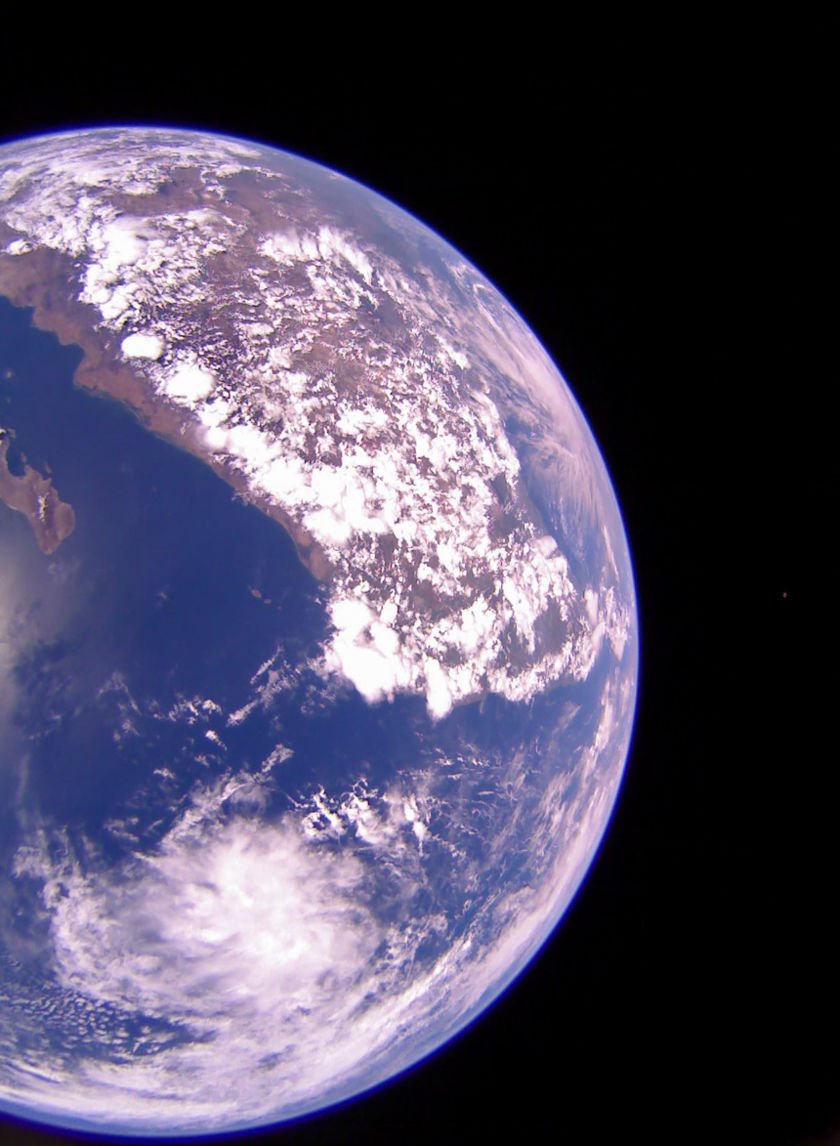
LightSail 2 has successfully deployed its solar sails. Shortly after 12:00 pm PST The Planetary Society tweeted that the sails were deployed, and that the spacecraft was sailing with sunlight. We can all enjoy their success and start to wonder how solar sails will fit into humanity’s plans for space exploration.
Update: This article has been updated with new images from LightSail2.
Continue reading “Drama In Low-Earth Orbit As LightSail2 Deploys Its Sails”VP Pence Unveils the Spacecraft that will Take Astronauts Back to the Moon in 2024!
In accordance with Space Policy Directive-1 – which was issued on December 11th, 2017 – NASA is busy developing all the necessary hardware to return astronauts to the Moon. On March 26th, 2019, NASA was officially directed to expedite the process and land the first astronauts of the post-Apollo era around the lunar South Pole by 2024. This mission is named Project Artemis, who is the twin sister of Apollo in Greek mythology.
Over the weekend, Vice President Mike Pence visited the Neil Armstrong Operations and Checkout Building at NASA’s Kennedy Space Center in Florida to commemorate the 50th anniversary of the Apollo 11 Moon Landing. The occasion also saw the unveiling of the Orion crew capsule that will be used for the first Artemis lunar mission. The event, therefore, served as both a retrospective and a look at the future of lunar exploration.
Continue reading “VP Pence Unveils the Spacecraft that will Take Astronauts Back to the Moon in 2024!”Chris Kraft, Legendary NASA Flight Director, Dies at 95
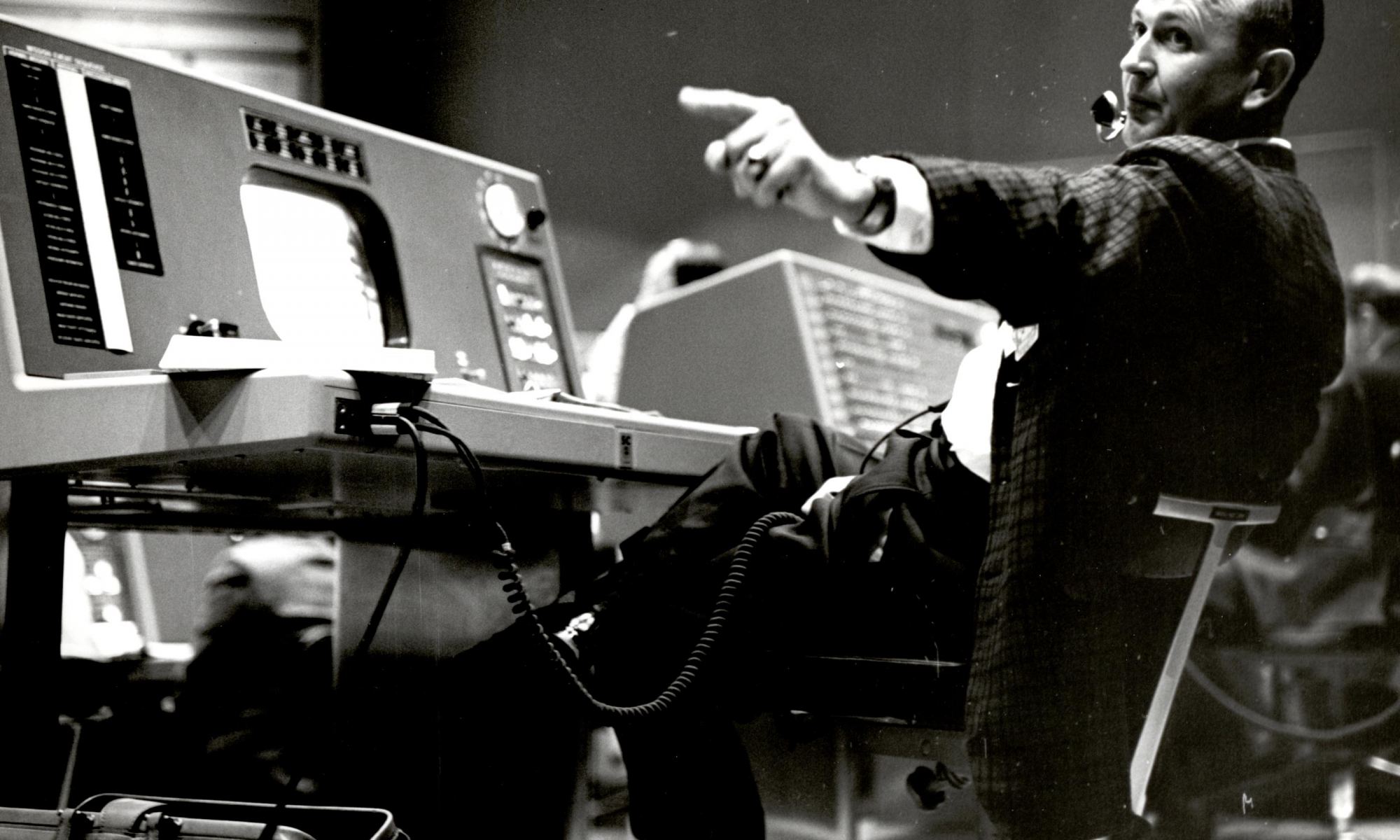
The man known as the ‘father of flight control’ – Christopher C. Kraft, Jr. – has died at the age of 95. Kraft joined the NASA Space Task Group in November 1958 and became the first flight director. He created the concepts of mission planning, and real-time monitoring and control for the first U.S. crewed spaceflight missions and became a driving force in the U.S. space program.
Continue reading “Chris Kraft, Legendary NASA Flight Director, Dies at 95”Meet Our Neighbour, The Local Void. Gaze Into It, Puny Humans.
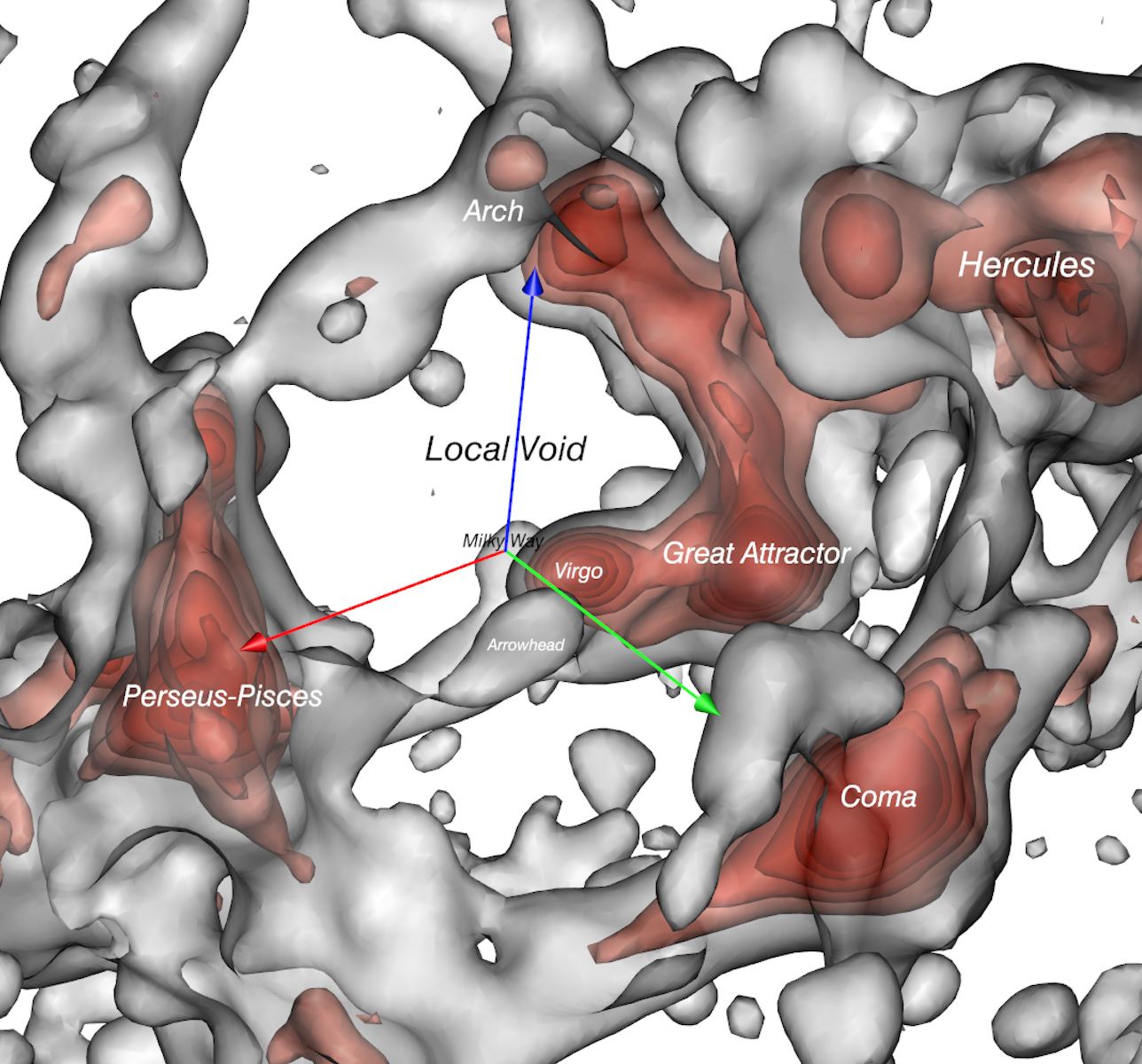
Our planet is part of the larger structure of the Solar System, shaped and made stable by the force of gravity. Our Solar System is gravitationally bound to the Milky Way galaxy, along with hundreds of millions of other solar systems. And our galaxy is also part of a larger structure, where not only gravity, but the expansion of the Universe, shapes and molds that structure. For regular Universe Today readers, none of that is news.
Now a new study sheds some light on a curious part of our cosmic neighbourhood, where there is basically nothing: The Local Void.
Continue reading “Meet Our Neighbour, The Local Void. Gaze Into It, Puny Humans.”Messier 90 – the NGC 4569 Spiral Galaxy
Welcome back to Messier Monday! Today, we continue in our tribute to our dear friend, Tammy Plotner, by looking at the approaching spiral galaxy known as Messier 90!
During the 18th century, famed French astronomer Charles Messier noticed the presence of several “nebulous objects” while surveying the night sky. Originally mistaking these objects for comets, he began to catalog them so that others would not make the same mistake. Today, the resulting list (known as the Messier Catalog) includes over 100 objects and is one of the most influential catalogs of Deep Space Objects.
One of these objects is the intermediate spiral galaxy known as Messier 90, which is located about 60 million light-years away in the constellation Virgo – making it part of the Virgo Cluster. Unlike most galaxies in the local group, Messier 90 is one of the few that have been found to be slowly moving closer the Milky Way (the others being the Andromeda and the Triangulum galaxy).
Carnival of Space #621
Welcome to the 621st Carnival of Space! The Carnival is a community of space science and astronomy writers and bloggers, who submit their best work each week for your benefit. We have a fantastic roundup today so now, on to this week’s worth of stories!
Continue reading “Carnival of Space #621”
